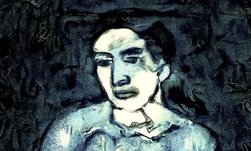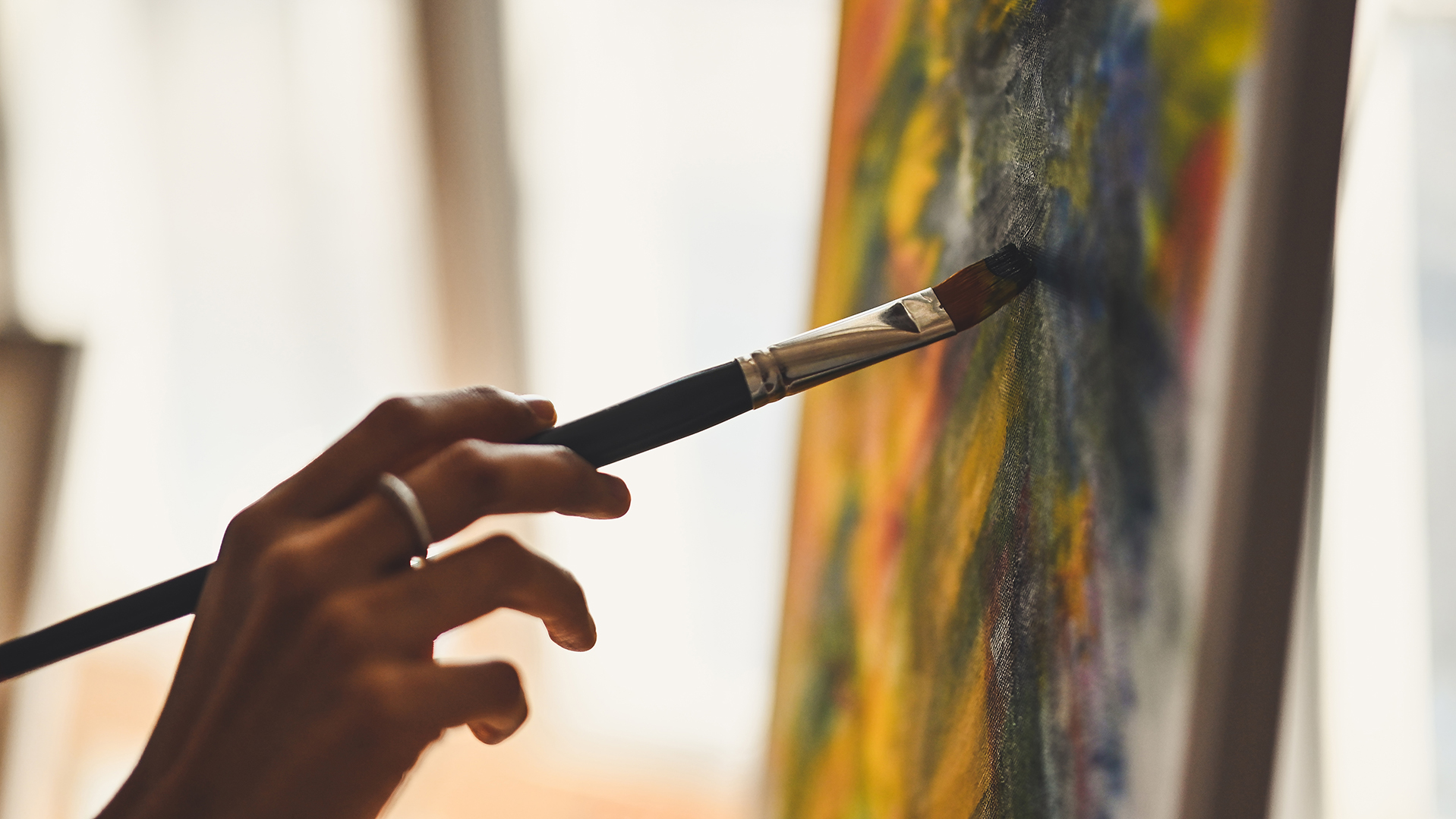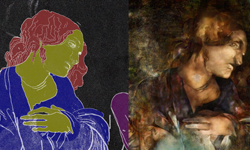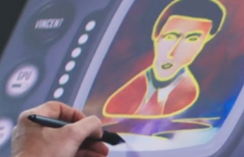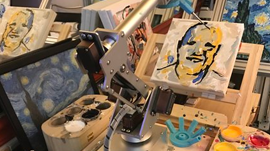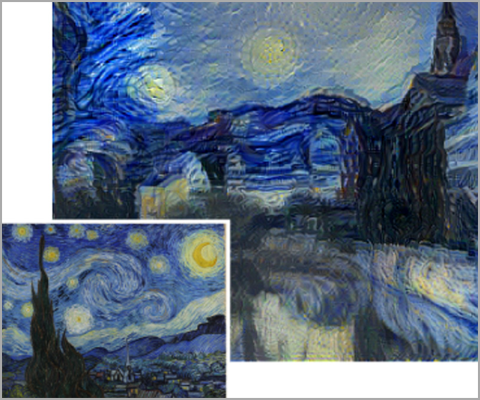To help recreate a lost Picasso painting, University College London researchers used deep learning to recreate parts of The Old Guitarist, one of Picasso’s most famous paintings from the Blue Period.
During this period, dating back to the early 1900s, Picasso used blue in his paintings to convey the pain and solitude he experienced during this time.
The painting is also interesting for another reason – Art historians have long noted the presence of a woman’s face slightly visible underneath the paint. In 1998 researchers at the Art Institute of Chicago photographed the painting using x-rays and infrared light to see what lies beneath.
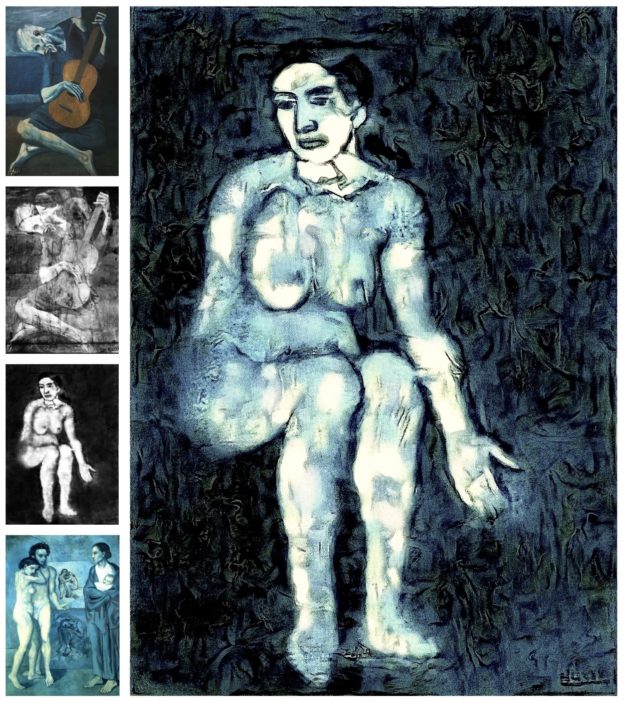
During that search, the conservators unearthed faint outlines of that ghostly woman, providing important insight into one of Picasso’s most famous works from this time. However, from an aesthetic perspective, the new revelations were disappointing.
To help bring the lost painting back to life – researchers at the University College London trained a deep neural network using NVIDIA V100 GPUs and the cuDNN-accelerated TensorFlow deep learning framework on a dozen images from Picasso’s blue period, including La Vie. This allowed the team to recreate the x-ray photograph taken in 1998, into an image that resembled Picasso’s style, revealing the lost woman.
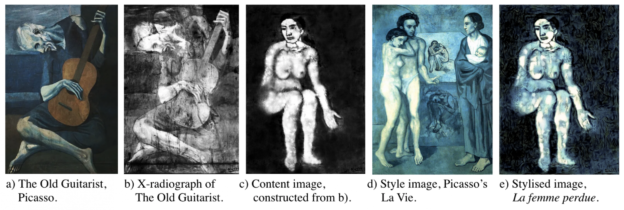
“We edited the x-radiographed artworks to remove the impression of the primary exterior artworks,” the researchers explained. “This process involved manually removing features that were deemed unlikely to be present in the interior secondary pieces. For example, The Old Guitarist’s eye is highly unlikely to feature on the left shoulder of the woman in the secondary interior piece.”
The method of recreating hidden artwork with human input, and AI, help broaden insight into an artist’s creative process, the researchers explained. “[This] creates a human-AI collaboration which cultivates empathy with the creative potential of AI and its harmonious use as an artistic tool,” the researchers added.
The team has published a paper on ArXiv describing their work.
